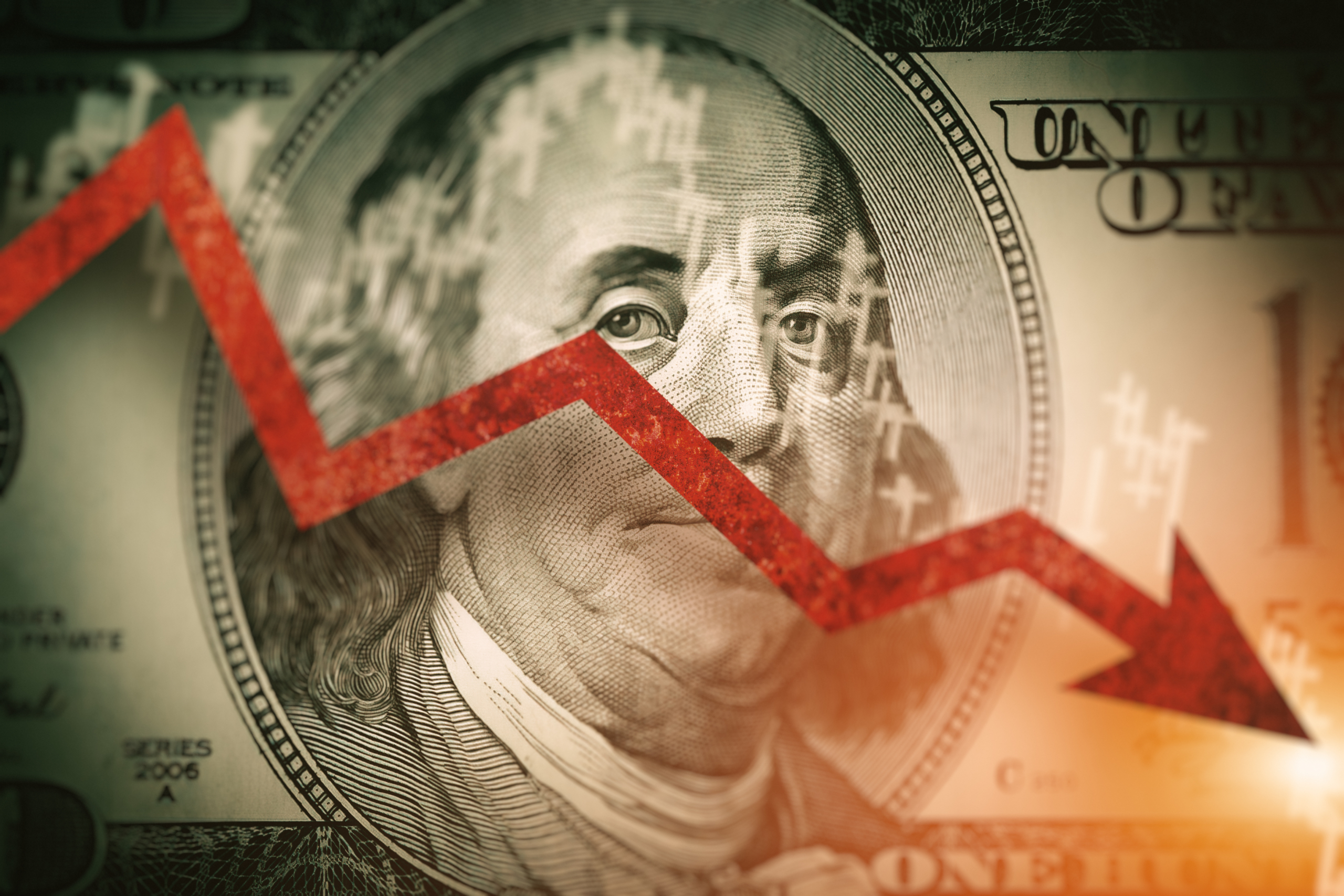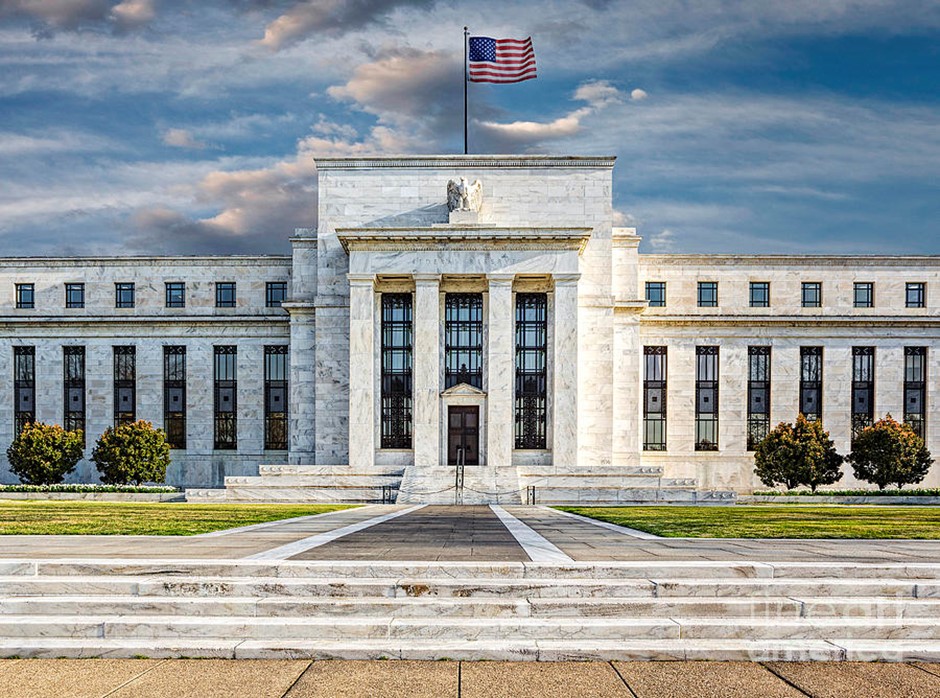市场资讯及洞察
.jpg)
最近很多新闻都在疯狂炒作13F公布的美股大空头Michael Burry的空头持仓,因为在公布的持仓当中显示Michael Burry通过期权大量看空英伟达和Palantir两家AI行业的风头企业。
Michael因为在08年的次贷危机中大幅看空美国的地产行业通过金融衍生品CDS的互换合约在08年全球性的金融危机中大赚特赚了一笔而成名,此后根据其真实经历改编的电影《大空头》更是风靡全球。
近期从监管部门的公开资料中显示Michael Burry管理的Scion在2025年的Q3披露文件中显示买入了大量的英伟达和Palantir 的看空期权,其中1.87亿美元看空英伟达,9.12亿美元看空Palantir,市场也被这波操作吸引带动,两家公司股价承压后连续下挫,甚至是Palantir的CEO在社媒上破防怒斥为何要做空那些赚的盆满钵满的公司?
其实实际情况是媒体在新闻上喜欢噱头来博取眼球,看似8成仓位押注两家AI企业暴跌的持仓实际上是他持仓的看空期权的名义价值,而真实对应的期权成本可能远远小于实际情况。Michael习惯性的运用金融衍生品工具的特性,利用可控范围的风险对可能产生的AI泡沫破裂进行重要压注。并不是说他真的把80%管理的资产押注在了两家风头正盛的公司的暴跌上,而且因为相关信息的缺失,什么时候离场,以及是否在对冲其他持仓等因素其实外界并无法确切知悉,所以现在就对美股AI报以极度悲观的态度是非常情绪化且不准确的。

而根据Michael自08年以后的投资来看其交易实际上并不是每次都很准,具体总结如下:
- 2015年12月预测股市崩盘:Burry在2015年底公开警告股市将在未来几个月内崩溃然而,S&P 500在随后一年(2016年)上涨约11.96%
- 2020年3月重注看空市场:Burry在疫情初期下重注做空但从2020年3月低点起,美股在12个月内反弹约72%这被视为他的重大失误之一。
- 2022年9月警告股市未触底:Burry在9月发推警告市场将持续“失败“,尚未见底但从2022年9月到2023年8月,S&P 500反弹约21%他的预测又一次“早于市场“。
- 2023年1月敦促“卖出“:Burry在1月底发单字推文“Sell”,预言经济衰退和新通胀浪潮,结果,S&P 500在2023年全年上涨约24.23%,远超他的悲观预期。
那对于普通投资者究竟如何合理看待这种明星基金经理的持仓呢?
其实大部分资管公司都有自己的持仓和投资逻辑,无论是多还是空,可能都是整体布局的一个部分,媒体放大一个角落使得很多投资者在面对相关问题时显得管中窥豹一般无法总览全局,从Michael的一系列表态中也可以看出他虽然暗示了本轮AI的泡沫和2000年科网崩盘存在相似性,将其作为对市场的警告或许不失为一种合理的看待方式,但是这并不意味本轮AI的发展和走势就将戛然而止,AI的发展或将在接下来更长期的时间里影响每一个人的生活。
免责声明:GO Markets 分析师或外部发言人提供的信息基于其独立分析或个人经验。所表达的观点或交易风格仅代表其个人;并不代表 GO Markets 的观点或立场。
联系方式:
墨尔本 03 8658 0603
悉尼 02 9188 0418
中国地区(中文) 400 120 8537中国地区(英文) +248 4 671 903
作者:
William Zhao | GO Markets 墨尔本中文部


In a bit of an anti-climax in an exciting week in Central Bank action for FX traders today saw the BoJ keep the status quo of an ultra-accommodative monetary policy as expected. But disappointing the Yen bulls was the BoJ offering no clear sign of a shift in its policy stance in the near term after some speculation a clearer hint to normalization of policy could be given at this meeting. This saw re-positioning in USDJPY putting pressure on the yen and spiking the USDJPY higher into the intervention zone where the Japanese Ministry of Finance forcefully entered the FX market late in 2022.
This is setting up as a real game of chicken between the markets and the Bank of Japan, with policy BoJ policy on hold for the foreseeable future, the grind higher in USDJPY seems inevitable while rate differentials between US10Y and JP10Y yields also continue to rise. The close relationship between this differential and USDJPY can be seen on the following chart. Without a change in rates policy, FX intervention is looking like it may be the only way for this trend to change course and with comments like the below from Japanese Finance Minister Suzuki today we may see it sooner rather than later.


US markets took a big hit overnight after a mixed bag of earnings were released from the tech sector. Google’s parent company, Alphabet, took a 9.5 percent hit in yesterday’s session after releasing some disappointing earnings numbers on their cloud computing business. The $1.5+ trillion company has enough weight to pull down the indices with a move like this, and we saw the Nasdaq fall close to 2.5%, and the S&P 500 fall 1.43%.
This sell-off has landed the S&P 500 heavily into a horizontal support zone around 4,170-4,200, so we will be watching to see if this level can hold. If this falls, there is a bit of room to the next level around 4,060-4,080. Over in FX, the Aussie dollar saw plenty of volatility in yesterday’s session off the back of hotter than expected CPI data.
After a temporary spike up to 63.991, price has fallen away aggressively, down over 1.4% since yesterday’s highs. US dollar strength cleared any CPI gains, after markets shifted back into risk-off mode with the disappointing tech earnings and escalating tensions in the middle east. Later today we will have some US GDP data out, plus the ECB is releasing their latest interest rate decision.
Both key data events are worth monitoring for USD or EUR pairs.


As major indices continue to look weak and test key technical levels, ongoing market sentiment is difficult to judge, with several crucial information points coming up over the next few days. #1 The Fed Rate Decision The Federal Reserve's narrative remains hawkish in terms of medium-term interest rates. Friday's PCE data did little to calm fears of not only a prolonged period of high interest rates but also the possibility that there may not be any rate reduction considered until Q2 2024. As always, it will be not only Wednesday's actual decision (which is expected to be a pause at the current 5.5%) but also the statement and subsequent press conference by Jerome Powell that are likely to have the major market impact. #2 Middle Eastern Conflict With the escalation of conflict in the Gaza Strip, and with Israeli ground forces now pushing over the border, concerns will continue as to whether the conflict will be contained within that area or if there is a possibility of a broader conflict ensuing.
While most Western governments are calling for a humanitarian ceasefire to get aid into Gaza—and concerns are rising regarding the ever-increasing civilian casualties—markets will be fearful of further escalation, increasing destabilization in the area, and the ramifications of such not only on energy prices but also on global markets as a whole. #3 US Company Earnings As we enter the new and busiest week (Week 3) of Q3 earnings reporting season in the US, to date, 49% of the S&P 500 companies have reported. An impressive 78% have reported a positive EPS surprise, and 62% of S&P 500 companies have reported a positive revenue surprise. The blended year-over-year earnings growth rate for the S&P 500 is at 2.7%.
If this turns out to be the actual growth rate for the quarter, it will mark the first quarter of year-over-year earnings growth in two years. With the forward 12-month P/E below the 5-year moving average of 17.1, this suggests stock valuations are favourable. Normally, without current market pressures—including 16-year highs on US Treasuries—this would bode well for stocks going forward; however, at this stage, headwinds remain strong for any immediate uptick in stock prices.


The S&P 500 index is currently teetering on the edge, desperately holding onto a crucial support level. This level has proven its resilience with two prior bounces, so traders are keeping a close eye on whether it can endure the pressure once more. After enduring four consecutive red days, there was a sigh of relief overnight as the market managed to post a green day, coinciding with the critical support level.
The broader picture reveals a challenging September for the S&P 500, with a monthly decline so far of 3.78%, following August's 1.77% drop. Lingering concerns of an impending recession, coupled with the Federal Reserve's unwavering commitment to maintaining higher interest rates for an extended period, have been the driving forces behind this recent downturn. Monday's bounce brought some respite, suggesting that investors might be regaining their composure after several days of selloffs.
From a technical standpoint, the current support level is important. Should it fail to hold, the index could potentially see a further decline of 2-3%, targeting the next horizontal support level. Interestingly, there is another layer of support not far below the current horizontal level in the form of a diagonal support line.
This diagonal support line could be something for traders to watch, as it could act as a potential area of activity if the horizontal level falls.


It’s that time again, the looming US FOMC meeting is upon us. Once again, investors and analysts are confident that they know the result. With the rate currently at 5.50%, markets have priced in a hold, with the CME FedWatch Tool giving it a 99.6% probability of the second consecutive hold for the Fed.
Let’s explore that 0.4% chance that a hold might not happen. As you can see from the above chart, there has been a spectacular rise in the Fed Funds Rate since early 2022 when US inflation started to soar. Each Federal Open Market Committee (FOMC) meeting that occurs, the members assess economic conditions, monetary policy and make the big decision on what to do regards interest rates.
The rapid ascent of the Fed Funds Rate has been an attempt to tame the post Covid-19 inflation, with a fair bit more to go. While inflation is easing, recent GDP data in the US signaled a growing economy, which would be a key talking point in the upcoming FOMC meeting. Let’s look at a few scenarios on the markets for this month’s FOMC meeting.
Hold – With inflation easing, and no major data released in the past month to indicate a reversal, markets have priced in a hold at November’s meeting. As this has been widely accepted, this has been priced into the markets, and I’d expect minimal movements in both US equities and the USD if rates are on hold. Cut – With inflation still above the Fed’s target range, a cut is very unlikely.
However, in the slim chance they decide they’ve done enough and are ready to take their foot off the accelerator, we could see plenty of volatility across both the US equity markets and the US Dollar. Signalling that the Fed thinks the worst is over, US equities could rally on the newfound confidence that they’ve made it through the uncertain times, and cost of living may begin to ease. A cut could see USD lose strength, as investors may look to rotate into other higher yield currencies.
I’ll be watching the major USD pairs for plenty of volatility if a cut is seen. Hike - While inflation is easing, there are still signs the economy isn’t ‘breaking’ as much as it should be with such high rates. Recent US GDP data came in above forecasts, which I’m sure is being heavily looked at in the November FOMC meeting.
In the chance the Fed believes further work is needed and hike, I’d expect a short-term sell-off in the US equity markets and a rally in the USD. With the US Dollar Currency Index (DXY) bouncing between a range of around 105-107 for the past month, November’s FOMC meeting might be enough to kick it one direction if we see either a Hike or a Cut. As analysts generally price in the expected decision prior to the announcement, eyes generally shift to the FOMC statement and press conference after the data is released.
The statement and press conference sees Fed Chair Powell discuss the decision and gives an indication on their plans. Analysts will be analysing every word to try and get hints on the Fed’s future movements and will be looking for either more aggressive ‘Hawkish’ language or more cautious ‘Dovish’ language. I’m bracing for volatility across the USD pairs during this speech, and the language used will determine the direction.
Hawkish language can see strength in the dollar, while dovish can see weakness.


The first week of the new quarter has so far been an interesting one, rampant US treasury yields breaking out to 16-year highs, a USD that just keeps going up and now it seems the Japanese Ministry of Finance is directly intervening in currency markets. USD rose to a high of 107.35 on the back of a surge in yields and a hawkish US JOLTS report which showed the US labor markets resilience. Fed member Mester also spoke noting the Fed will likely need to hike rates one more time this year adding to the higher for longer narrative.
The USD did dip later in the session on what seemed to be a Japanese FX intervention, DXY still holding the key 107 level though. JPY was again weak early in the session with USDJPY hitting a high of 150.16, above the “line in the sand” at 150. The weakness dramatically reversed on what could only be a BoJ intervention in the FX market seeing USDJPY sharply move lower 3 big figures in a heartbeat, hitting a low of 147.31.
There has been no official confirmation this was an intervention but with recent jaw boning from Japanese officials threatening just that, it seems obvious it was. USDJPY recovered after the dust settled to reclaim the 149 level, but from my experience this won’t be the last intervention so USDJPY longs should tread with caution from here. AUD underperformed with the Aussie struggling against a strong USD, sour risk sentiment and post RBA where the Aussie Central Bank kept rates on hold and gave nothing extra for the hawks in their statement.
AUDUSD dipped below 0.63 before finding some support around the Nov ’22 lows and retaking the 0.63 support level for now. Today’s economic announcements:

